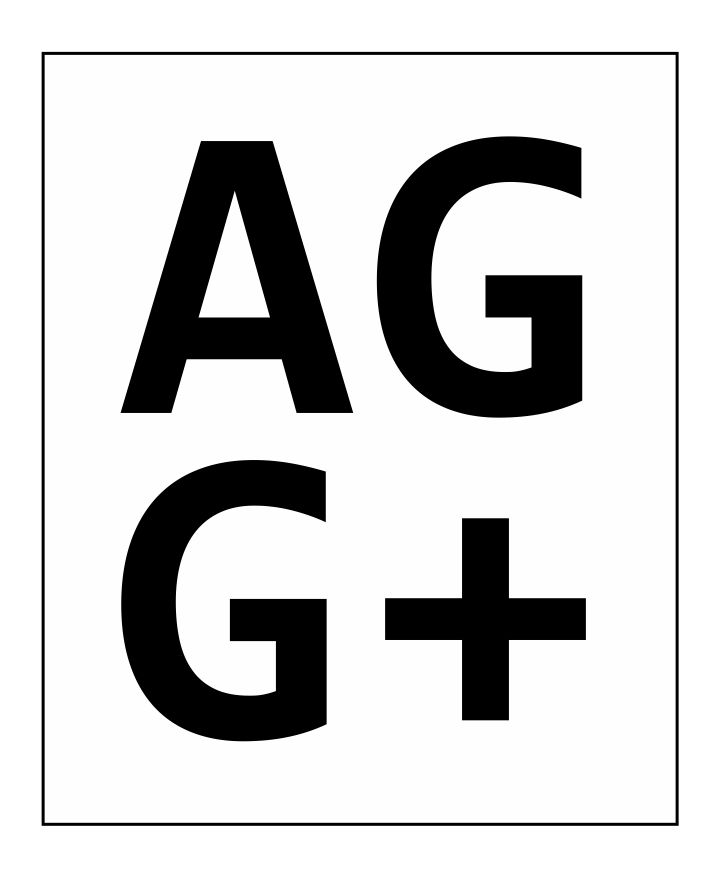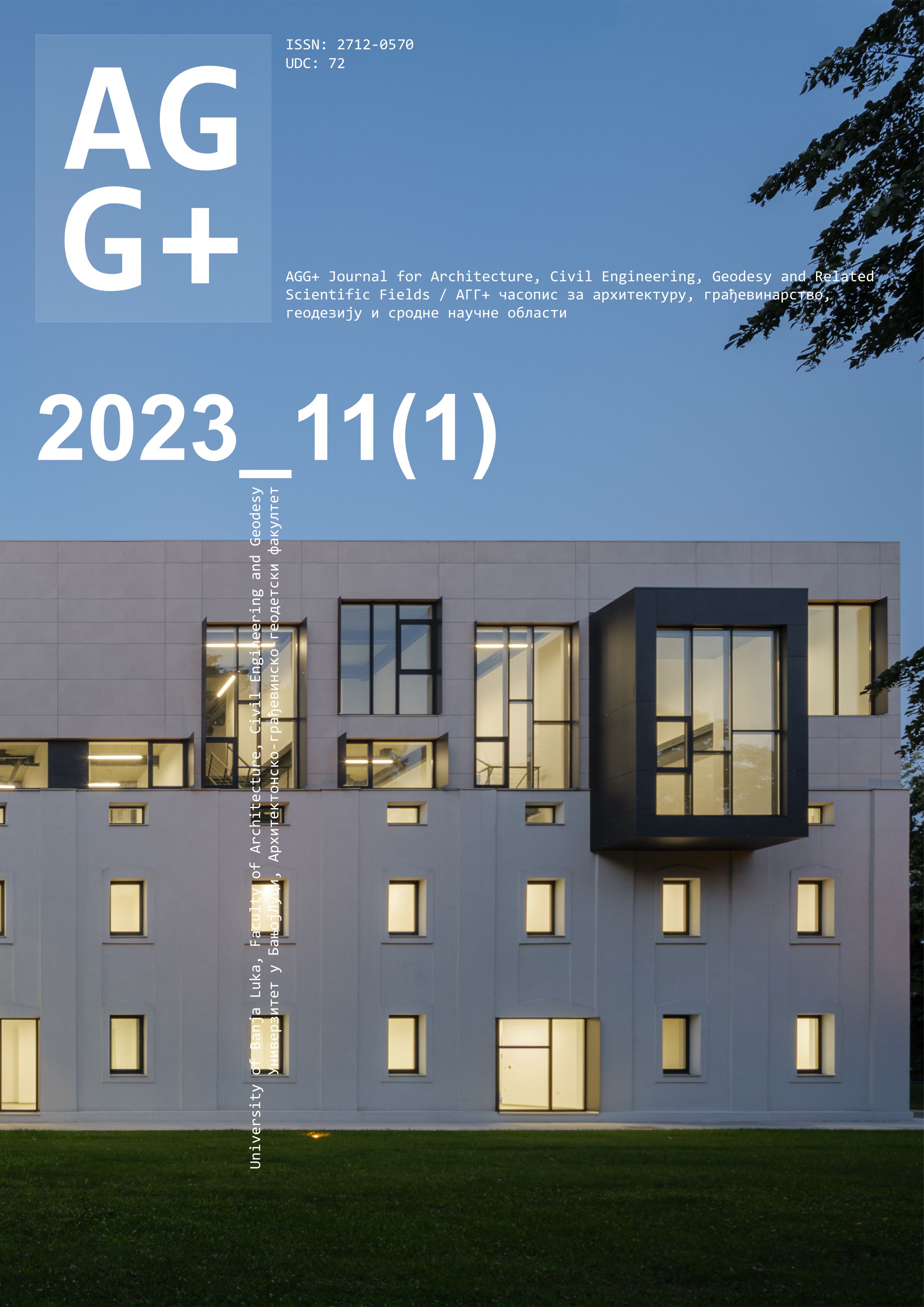The Impact of Navigation Strategies on Spatial Memory Formation in Virtual Architectural Spaces
This study investigates how navigation strategies in virtual environments affect spatial memory formation and environmental understanding. As navigation plays a fundamental role in how people experience and interpret space, especially in enclosed architectural spaces, exploring the cognitive processes behind movement and orientation remains crucial...
By Dajana Papaz, Maja Ilić
Combined Stabilization of Clay Using Lime and PVC Fibers
Reinforcing soil for foundations or embankments is crucial for ensuring structural stability and longevity. Many methods are used in Geotechnics to reinforce soils, which can be broadly categorized into chemical processes and mechanical approaches. Furthermore, reinforcing soils with fibres is an effective technique in geotechnical engineering to e...
By Hadj Bekki, Feriel Berrahou, Lamia Bendjilali, Naceur Katbi
The Room as a Starting Point in Architectural Design: Childhood Memory and the Formation of Spatial Understanding
This paper portrays the room as the fundamental beginning of architecture, exploring how our earliest spatial memories shape the way we perceive and understand architectural space. Drawing on Louis Kahn's philosophical reflections on the room as architecture's elemental unit, the insights of Peter Zumthor and other architects on childhood memories,...
By Jelena Stanković Aćić, Diana Stupar
Environmental Impact Assessment and Seismic Hazard Analysis: Petrinja 2020 Experience
On December 29, 2020, a shallow magnitude 6.2 earthquake struck northern Croatia near Petrinja. This earthquake was preceded by a strong foreshock with a magnitude of 5. In response to the Petrinja earthquake, a team of European geologists and engineers from Croatia, Slovenia, France, Italy, and Greece was promptly mobilized to conduct a thorough a...
By Branko Kordić, Stéphane Baize, Josipa Maslač Soldo
Numerical Modeling of Tunnel Excavation and Support Using the Deconfinement Method for Static and Seismic Conditions
In this paper, an analysis of the phase construction of a tunnel with support in static and seismic conditions is made. The PLAXIS 2D software package was used for the problem's numerical modelling. A parametric analysis of the excavation using the deconfinement method (1-ß) was made on an actual tunnel with support in the excavation phase an...
By Zlatko Zafirovski, Bojan Susinov, Sead Abazi, Ivona Nedevska Trajkova, Riste Ristov, Vasko Gacevski, Mihaela Daniloska, Angela Naumceska
Modeling Tectonic Movements Using the Kalman Filter on GNSS Coordinate Time Series
The paper is dedicated to the modeling of tectonic movements based on GNSS coordinate time series, which were analyzed using the Kalman filter. The research area includes the territory of Japan, which is one of the most seismically active regions on Earth. The devastating Tohoku earthquake of 2011 was the result of subduction between the Pacific an...
By Vladan Janković, Tanja Đukanović, Sanja Tucikešić
On Simplified Approaches of Seismic Analysis of Tunnels
Overview of current progress in the field of seismic regulations for the design of tunnel structures revealed that, despite significant progress in research work on seismic analysis of tunnels over the past few decades, however, a deficiency of systematic and precisely defined rules for the seismic design of tunnels still exists even in the most de...
By Elefterija Zlatanović, Zoran Bonić, Nemanja Marinković, Nikola Romić
The Effect of Masonry Infill Model Selection on the Seismic Response of Reinforced Concrete Frame Structures
In many countries, reinforced concrete (RC) frames are widely utilized as the primary building structure. The infill is typically composed of traditional masonry (brick elements connected with mortar), commonly without isolation from the frame. It is noted that in engineering practice, seismic force calculations for RC frame buildings are often con...
By Anđelko Cumbo, Gordana Broćeta, Marina Latinović Krndija, Slobodan Šupić, Žarko Lazić
Tectonic Geodesy as a Supplement Data in Seismology
Geodesy and its high precision are important instruments for the study of active tectonics and the presentation of the movement of solid parts of the earth. Deformations caused by earthquakes represent essential information for defining seismogenic zones. Precise measurements must be made on the wall of the fault itself or the system of connected a...
By Tanja Đukanović, Sanja Tucikešić, Snježana Cvijić Amulić
Internal Extensions: A Case for The Reassessment of the Architectural Phenomenon of Greenhouse
Glasshouses, greenhouses, conservatories and orangeries – all types of buildings intended specifically for plant cultivation – represent a relatively recent addition to the histories and repertoires of horticulture, agriculture and architecture. During approximately three centuries of their notable existence, these structures managed to...
By Ognjen Šukalo, Maja Milić Aleksić, Slobodan Peulić






